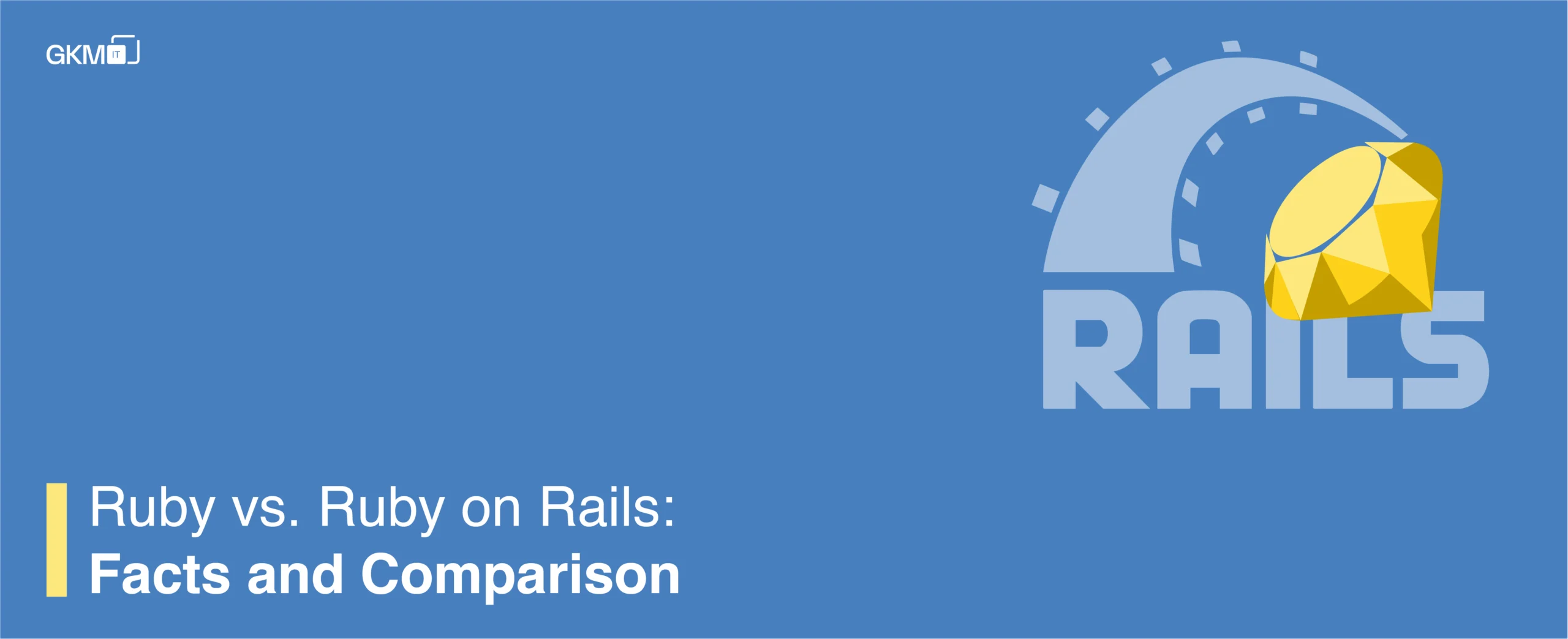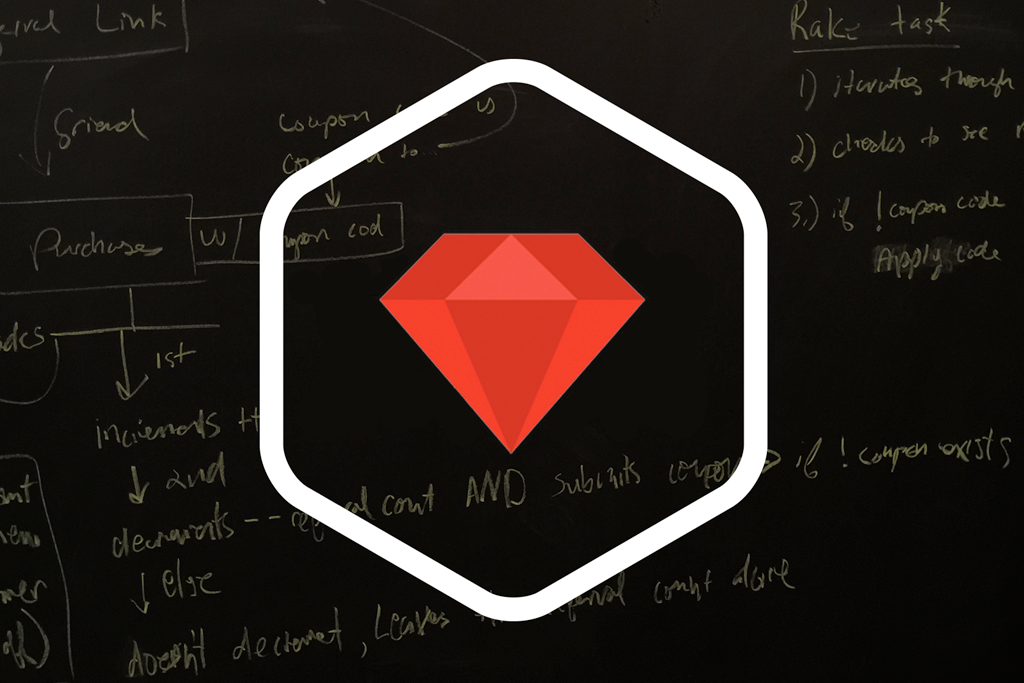
Ruby vs Ruby on Rails: Facts and Comparison
Understanding Ruby and Ruby on Rails
Let’s learn the difference between the two and whether they work together or have the same syntax. To answer all these queries, we have explained both terms in depth. Our major focus is to make you understand the actual meaning of both and their importance with a short comparison.
What is Ruby?

Yukihiro Matsumoto developed the Ruby language in 1990 in Japan. It is an object-oriented language, and it was designed to maintain a sensible buffer between human programmers and computing machinery. It is based on many other languages like Perl, Lisp, Smalltalk, Eiffel, and Ada. One of the benefits of the Ruby language is that it is an interpreted scripting language. It means its implementations execute on their own freely and directly. There is a benefit of Ruby Gems as well. The use of Ruby is in a wide field, especially in web applications and science.
As Ruby has clear syntax, it makes it easier to understand and write. Programs written in Ruby language are easily maintainable and scalable. To extend Ruby, many libraries are written, and this mainly emphasizes testing.
Features of Ruby:
- Dynamic typing
- Duck typing
- Flexible syntax
- Inheritance
- Garbage collection
- Exception handling
- Overloading
- Lexical closures
- Built-in support
- Variable scope
- Iterators
- Custom dispatch behavior
- Centralized management system
- Extended library
What is Ruby on Rails?

It is an open-source framework written in Ruby language. Heinemeier Hanson developed Ruby on Rails in the year 2003. Basecamp, a web-based project management application, used to be the base of Rails. It works on various operating systems like Macintosh, Windows, and Linux. For all common databases, ROR is highly compatible.
Convention over configuration concept comes into action, which leaves minimal configuration at the time of writing code.
As Rails run on top of an HTTP server, and since Ruby and Rails are related, yet they are different.
Ruby is a programming language, and Rails is a web development framework. Ruby on Rails is written in the Ruby language. For ROR, Ruby is an essential component.
Many companies use the ROR framework like Twitter, Kongregate, Airbnb, Shopify, Heroku, Instacart, Twitch, etc.
Features of Ruby on Rails:
- MVC architecture for separating data from presentation
- Database access library (Active Record) simplifies data handling in databases
- Extensive library support for coding common programming tasks
- Custom URL development for SEO optimization
- AJAX library for enhanced functionality
- Detailed error logs for efficient debugging
- Modularized templates and reusable code using components
Key Differences Between Ruby and Ruby on Rails
| Ruby | Ruby on Rails | |
| Definition | Ruby is an open-source, object-oriented, and interpreted programming language | An open-source web development framework based on Ruby programming language |
| Developed By | Yukihiro Matsumoto | Heinemeier Hansson |
| Pricing | Free | Free |
| Type | Open-source | Open-source |
| Benefits |
|
|
| Website | ruby-lang.org | rubyonrails.org |
| Influence | Perl and Smalltalk inspire it | Django and Laravel inspire it |
| Syntax | The syntax is similar to Perl and python | Syntax similar to phoenix in Elixir and Python |
| Framework | Not a framework | Web development framework |
Why Backend Development Service is Crucial
In today’s fast-paced digital world, businesses require efficient and scalable solutions for web and app development. A reliable Backend Development Service ensures smooth data processing, secure APIs, and optimized server performance. Both Ruby and Ruby on Rails play a significant role in empowering backend development solutions for high-performing applications.
Conclusion
From the above facts, it is clear both Ruby and Ruby on Rails are open-source, free of cost, and readily available. Based on the client’s specifications and requirements, the appropriate language or framework is identified to develop applications for end-users. Both Ruby and Ruby on Rails are gaining good ground in markets. If you have any queries, please drop them in the comment section below.
Thank you for reading! 🙂